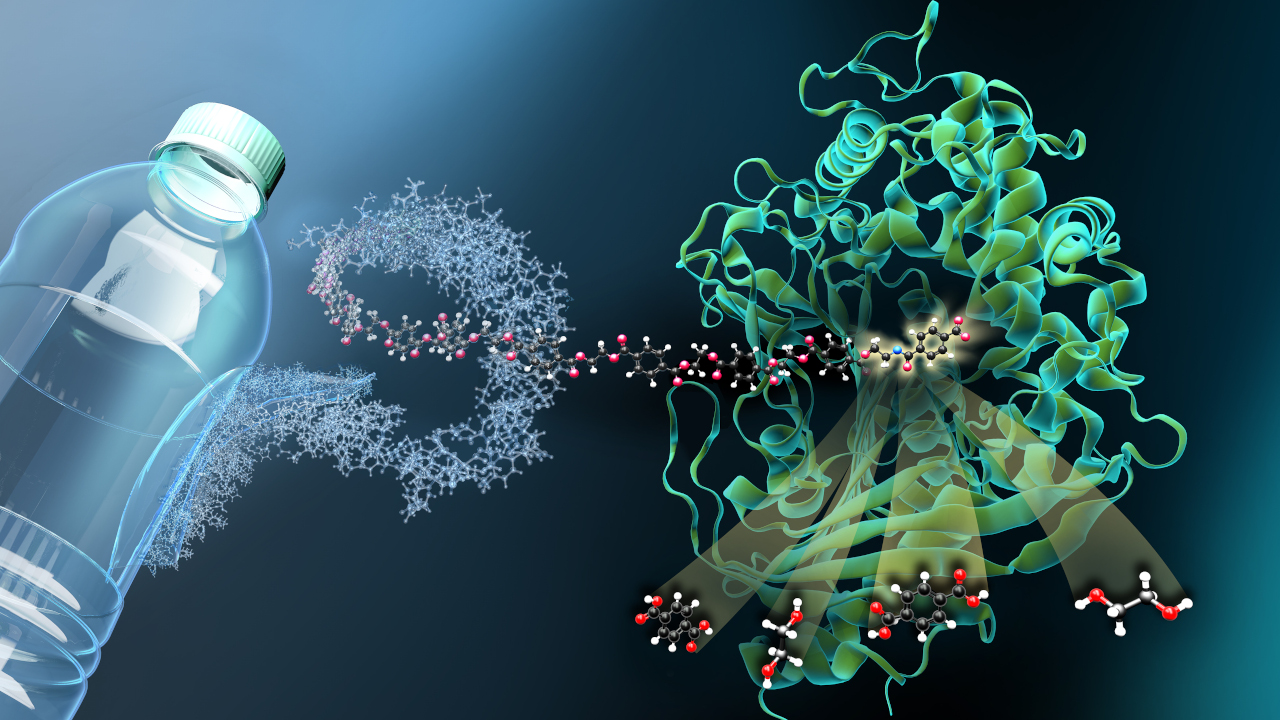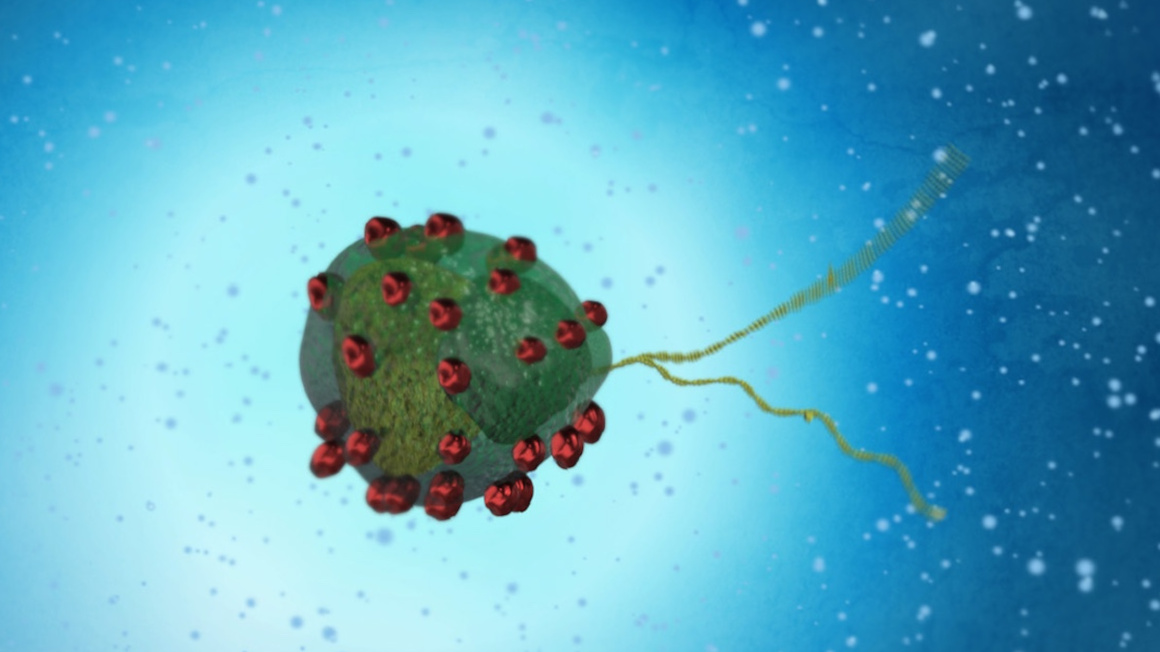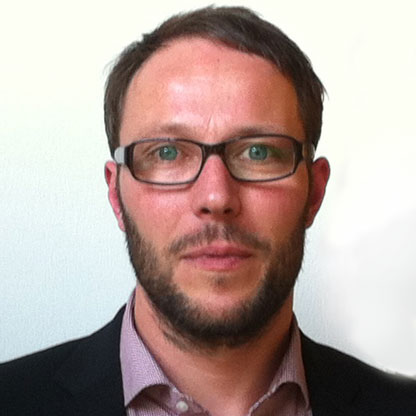Growing stem cells on algae gel from Chile
Algae are a rich source of valuable substances, which are prized in both the pharma and cosmetic industries. But there’s a lot more than meets the eye with the microscopic organism: their supporting skeletal structure is made from a substance called alginate.

Researchers from the Fraunhofer Institute for Biomedical Engineering IBMT Biomedical from the town of Sulzbach have discovered that alginate appears to be the ideal breeding ground for the propagation of pluripotent stem cells. The two types of algae are known as Lessonia trabeculata and Lessonia nigrescens and grow on Chile’s coasts. For the drug tests of the future, the pharma industry and medical research needs large quantities of pluripotent stem cells.
These stem cells have the potential to transform themselves into any kind of somatic cell, such as the cells of inner organs. After tests, the scientists at the Fraunhofer IBMT are convinced that the microorganisms supporting skeleton – the alginate – is the perfect breeding ground to cultivate stem cells in the laboratory. The IBMT scientists from Sulzbach developed the production process as well as the technology platform together with colleagues in Chile and the Great Britain.
In a laboratory operated by IBMT and Fraunhofer Chile at UCN University in Coquimbo, the seaweed is individually peeled, shredded, and completely dried. This is all done within 24 hours to prevent the material from becoming contaminated. The seaweed granulate is then exported to Germany, where IBMT scientists separate out the alginate in the institute’s cleanroom. After this process, it is available in liquid form and can be shaped into beads using a strong jet of air. The beads are now more stable in a barium bath, as barium tends to remain in the seaweed mass. “The trick is to make the material stable, but not too hard,” says Prof. Zimmermann, Managing Head of Fraunhofer IBMT. “Cells feel especially at home in elastic 3D environments such as are found inside the body. It’s precisely this environment that can be simulated perfectly using alginate,” he explains further.At the same time, the researchers introduce active ingredients into the alginate and release them in a controlled manner – monitoring them constantly. Examples of such active ingredients are substances that transform pluripotent stem cells into certain somatic cells. By mixing the two types of algae they could also determine the elasticity and size of the alginate.
Algae skeletons are the petri dish for stem cell cultivation
The alginate is coated with proteins and placed in a bioreactor in an environment of optimum temperature and CO2 and continuously stirred. The researchers concluded: each of the 200 micrometre beads performs the role of a Petri dish. The stem cells grow over the alginate in the containers in three to seven days, propagating as they do so. Because the alginate volumes could be increased without problems in the bioreactors, pluripotent stem cells can be grown in greater quantities and in smaller spaces.
Alginate can influence cell growth
“The stem cells grow better on our alginate – and particularly well in automated bioreactors. They differentiate better into the desired somatic cells than on the plastic substrates generally used today,” explains Prof. Zimmermann. Therefore, he is convinced that in the future the algae skeleton will not only function as a passive breeding ground but also will actively influence the growth of the stem cells. Currently, the cell propagation is validated in the laboratories of British pharmaceutical companies. British pharma companies are currently validating the process in their laboratories. The aim is to show that with the process stable pluripotent stem cells can be produced. “We have already been able to prove this for many individual stem cells at the institute,” says Zimmermann.


